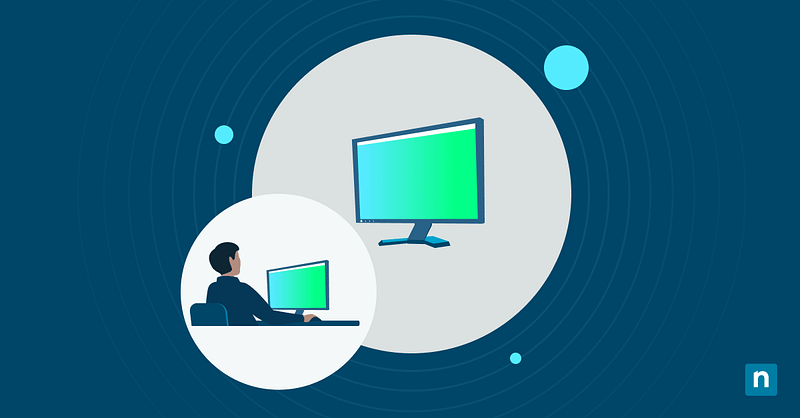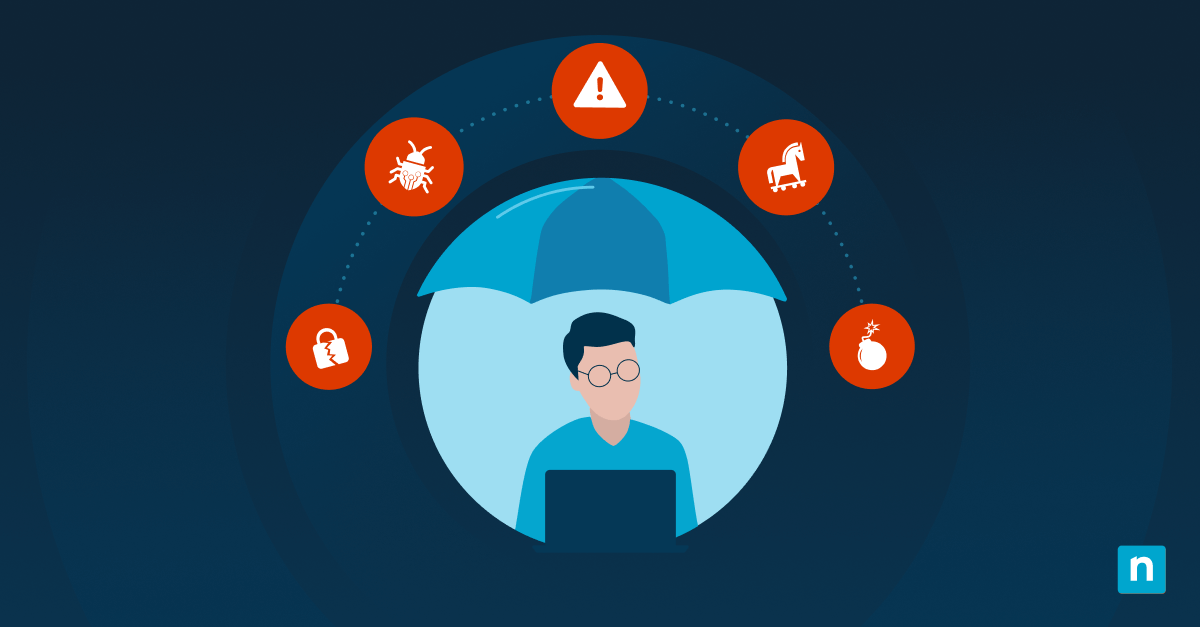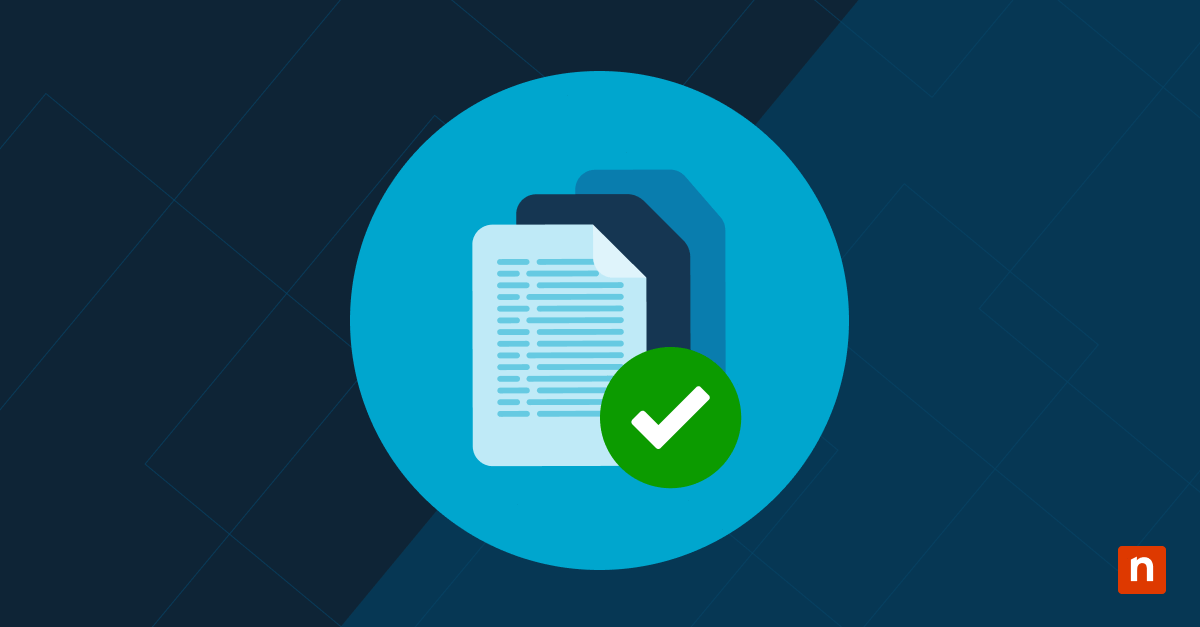The Recommended section in the Windows 11 Start menu displays your recently opened files, installed apps, and frequently used items. It’s a helpful section that lets you quickly open apps. However, some users may find it intrusive, especially if others use the device. For others, it adds visual clutter to streamlined desktop experiences.
Those are only some reasons why users clear the section altogether. Doing so prevents the display of sensitive files on shared PCs, enforces cleaner Start menu layouts, and improves user focus by removing distracting elements. Luckily, the section is easy to remove. This guide will show you how to clear the Start menu’s Recommended section.
Different methods to remove the Start menu’s Recommended section
There are five methods to clear the Start menu’s recommended section: manual removal, via Settings, using File Explorer, disabling with Registry Editor, or via Group Policy. These approaches clear the section in varying ways.
Method 1: Manually remove items
You can manually remove items you don’t want listed in the Recommended section. This method is straightforward but tedious, as you’ll need to do it one by one to get rid of all the items. It also doesn’t disable the section or future recommendations.
To manually remove items, follow the steps below:
- Open the Start Menu.
- Right-click the item (app or file) you want to remove in the Recommended section.
- Click on Remove from list.
Method 2: Clear via Settings
This method is the quickest way to clear the Recommended area.
To clear it using Settings, follow the steps below:
- Press the Window button on your keyboard or Start.
- Go to Settings > Personalization (left side) > Start.
- Toggle off:
- Show recently added apps
- Show most used apps
- Show recently opened items in Start, Jump Lists, and File Explorer.
- Check the Start menu to see if the section is cleared.
If you want to clear the Recommended section only partially, toggle on the apps you want to see. For example, leaving the most used apps toggled on will only show items you frequently use, not the recently added and opened apps.
Method 3: Use File Explorer
This method clears the history of recently opened files, the items that show up in the Recommended section.
Note: You have to perform this procedure again in the future once you open a number of files, as they’ll feed the File History system, which will show up in the Recommended section.
Here is a step-by-step guide on how to clear the Recommended section using File Explorer:
- Type “%APPDATA%” in the search bar.
- Open the “Microsoft” folder, then the “Windows” folder.
- Double-click the “Recent Items” folder.
- Delete the items you don’t want to appear in the Recommended section or press Ctrl + A, then Ctrl + D to select and delete all the items.
Method 4: Disable with Registry Editor
Clearing the Recommended section with Registry Editor disables the Start menu’s document tracking, which feeds the Recommended section. However, you may need administrative rights to open the editor.
If you have administrative rights or your device don’t require it, check out the process below:
- Press Win + R to open Run.
- Type “regedit,” then press Enter.
- Navigate to:
HKEY_CURRENT_USER\Software\Microsoft\Windows\CurrentVersion\Explorer\Advanced - Right-click the right pane, and press New > DWORD (32-bit) to create a new key.
- Name the key “Start_TrackDocs” and change the Value to 0 to turn off recently opened items.
- Restart File Explorer to ensure the changes take effect.
To enable the Recommended section, change the Value of the new key to 1 or right-click the key and press delete.
Method 5: Use Group Policy
Using Group Policy to clear the Recommended section is the most scalable method for deploying across multiple machines or users. Do note that administrative rights may be required to open the Local Group Policy.
Once you have administrative access, follow the steps below:
- Open the Group Policy Editor by typing “gpedit.msc” in the search bar.
- Navigate to: User Configuration > Administrative Templates > Start Menu and Taskbar.
- Enable the following policies:
- Do not keep a history of recently opened documents.
- Do not use the search-based method when resolving shell shortcuts.
- Run gpupdate /force and log off/on to apply the changes.
Things to consider when clearing the Start menu’s recommended section
Here are some additional tips and things to consider when clearing the Start menu’s recommended section:
- Custom Start Layout: You can deploy a pre-configured or customized Start menu using layout XML or JSON (JavaScript Object Notation).
- OneDrive/Office Integration: Some documents shown in Recommended could come from cloud sources. Disconnecting or restricting those integrations may help.
- Roaming Profiles: Recommended content is tied to user sessions and may persist unless cleared programmatically.
- Kiosk Mode: Automatically disables all personalized Start menu features, including the Recommended section.
Enforce a cleaner Start menu layout by removing the Recommended section
The Recommended section in Windows 11’s Start menu displays recently opened files, apps, and frequently used items. While it’s useful for most, some users find it cluttered or a privacy concern in shared devices. There are a handful of ways to clear this section, such as manually removing items, toggling off options in settings, using File Explorer, and more.
Each method has varying complexity and impact, but the Group Policy route generally offers the best control for multiple users. When managing this feature, you should also consider integrations like OneDrive, roaming profiles, or kiosk mode. Clearing the Recommended section can streamline your Start menu and protect sensitive information on shared devices.








